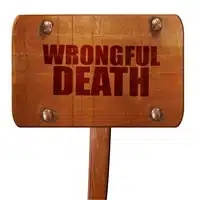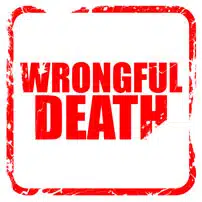
Wrongful Death
Can I Sue a Hospital for a Wrongful Death?
Hospitals are supposed to be places of healing. Most patients admitted to hospitals

Hospitals are supposed to be places of healing. Most patients admitted to hospitals

The United States Department of Labor reports that around 8,000 injuries are reported

A firefighter and Delaware Air Rescue Team member suffered fatal injuries due to

The premise of a wrongful death claim is that the negligence or reckless acts of

Our attorneys provide exceptional legal service with a personal touch. Since our founding in 1990, we have helped thousands of Delaware citizens obtain full and just compensation for personal injury claims. We have gained an excellent reputation as the “go to” law firm. Let us put our decades of experience to work for you.